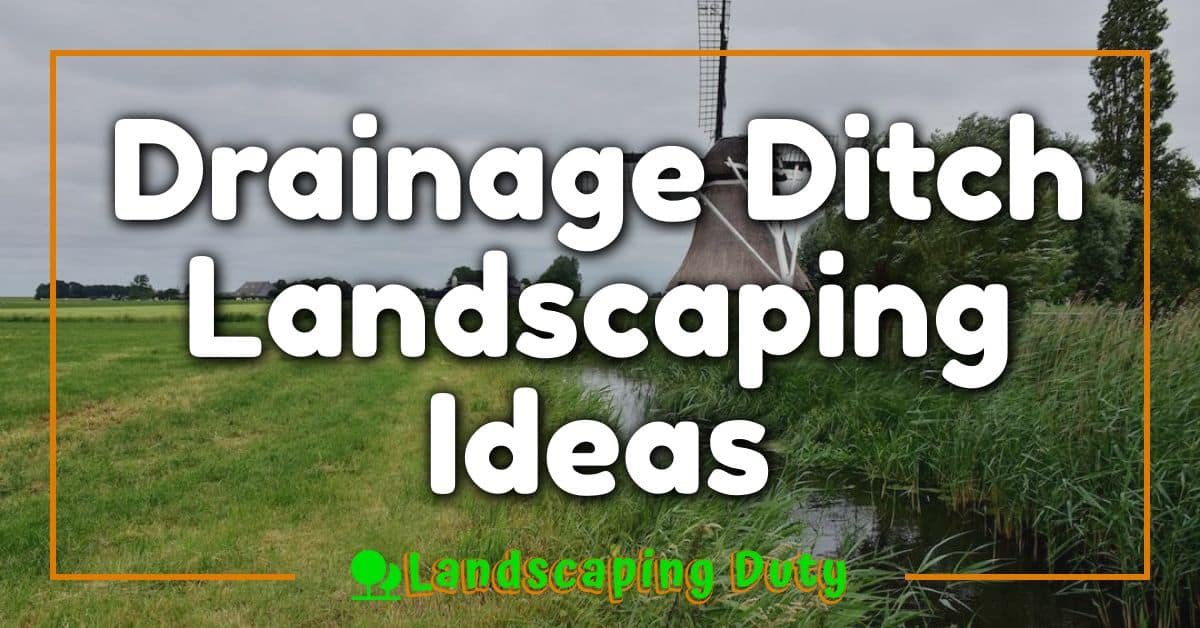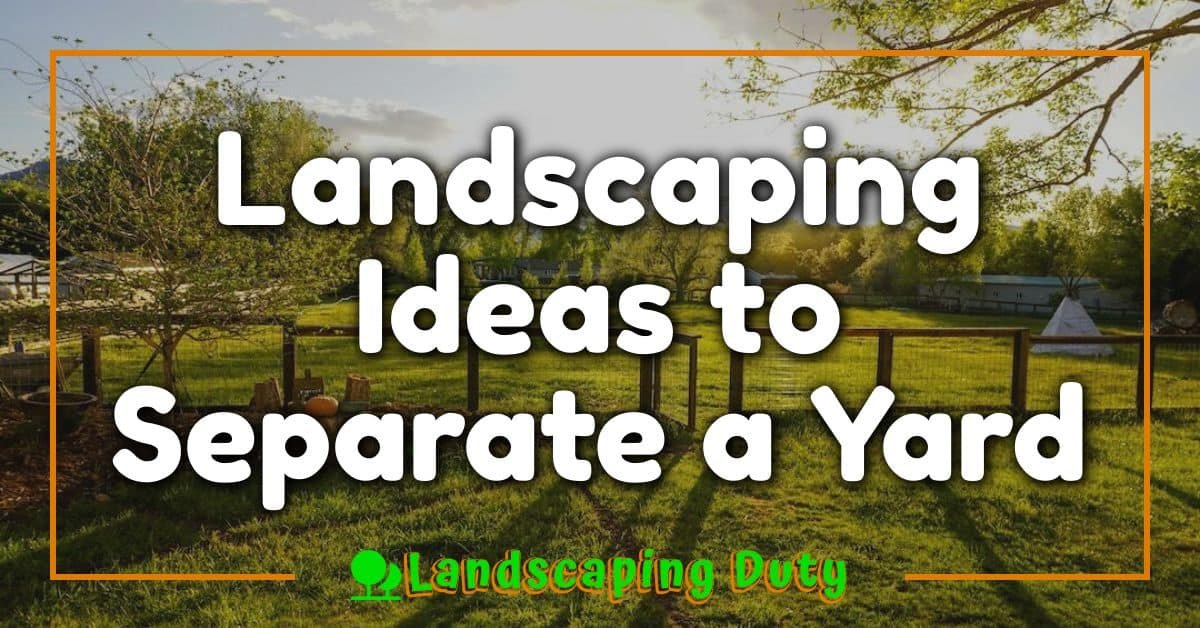Designing a landscape for a coastal property is both exciting and challenging. The unique environment, with its salty air, sandy soil, and exposure to strong winds, demands thoughtful planning to create a space that’s as beautiful as it is resilient. I’ve always found that coastal landscapes have a charm of their own, blending natural beauty with functional design.

When working with coastal properties, it’s all about striking the right balance. You want to embrace the stunning ocean views while ensuring your plants and materials can withstand the harsh conditions. From choosing the right vegetation to incorporating erosion control techniques, every decision plays a role in crafting a sustainable and inviting outdoor space.
Importance Of Landscape Design For Coastal Properties
Effective landscape design enhances the functionality, resilience, and aesthetic appeal of coastal properties. Coastal environments often present specific challenges, like exposure to high winds, salt spray, and sandy or nutrient-poor soils. By designing with these factors in mind, I create outdoor spaces that thrive in these conditions.
Strategic plant selection bolsters resilience. Using native and salt-tolerant species, like sea oats or saltmeadow cordgrass, reduces maintenance requirements while supporting local ecosystems.
Erosion control and stormwater management protect property value. Features like retaining walls, dunes, and permeable pathways manage runoff and prevent soil erosion.
Materials matter in coastal settings. I recommend using corrosion-resistant and weather-proof materials, such as composite decking or stainless steel, to withstand harsh marine conditions.
Maximizing ocean views enhances enjoyment. Thoughtful layout planning ensures unobstructed sightlines without compromising windbreaks or plant coverage.
Functional beauty defines successful landscape design for coastal properties. It’s as much about durability and environmental harmony as it is about visual appeal.
Key Challenges Of Coastal Landscaping
Coastal landscaping requires addressing distinct challenges that arise from the unique environmental conditions. Careful planning minimizes vulnerabilities and enhances the resilience of outdoor spaces.
Soil Erosion And Salt Tolerance
Erosion threatens the stability of coastal properties by stripping away critical soil layers. I prioritize incorporating erosion control measures like retaining walls, ground covers, and mulches to stabilize the terrain. Salt tolerance is another crucial factor, as high salinity levels hinder plant growth. I select halophytic plants like sea oats, cordgrass, and coastal rosemary to endure these harsh conditions effectively.
Wind And Weather Exposure
Strong winds and harsh weather accelerate wear on plants and materials. To mitigate this, I design windbreaks using a combination of hardy shrubs, dense hedges, and fencing to shield vulnerable areas. Durable materials like stainless steel, composite wood, and marine-grade metals protect structures and pathways from corrosion and decay over time.
Native Vegetation Considerations
Native vegetation ensures sustainable landscaping by supporting local ecosystems and reducing maintenance needs. I focus on integrating indigenous plant species equipped to thrive in coastal climates, including dune grasses, yaupon holly, and wax myrtles. These plants preserve biodiversity while offering resistance to pests, salt, and drought conditions.
Essential Elements Of Coastal Landscape Design
Coastal landscape design requires strategic planning to address environmental challenges and enhance aesthetics. I focus on plants, structures, and drainage to ensure the landscape withstands coastal conditions.
Plant Selection And Placement
Selecting salt-tolerant and drought-resistant plants is key for coastal landscapes. I use native species like sea oats, cordgrass, and beach elder to thrive in sandy, nutrient-poor soils. Grouping plants with similar water and light needs simplifies maintenance and improves survival rates. To reduce wind damage, I arrange vegetation in layered windbreaks, placing taller species such as wax myrtle or yaupon holly on the outer edges and shorter plants closer to the ground.
Hardscape Features For Durability
Hardscape elements in coastal properties need corrosion-resistant and weatherproof materials. I incorporate options like concrete, natural stone, or treated wood to endure salty air and high humidity. Permeable materials like gravel or porous pavers minimize water runoff and reduce flooding. For pathways, I design with durable composite decking or sealed stone to prevent premature wear due to salt exposure and sand abrasion.
Effective Drainage Solutions
Efficient drainage protects coastal landscapes from erosion and waterlogging. I install permeable surfaces and use swales to direct rainwater flow away from structures. Retention basins or rain gardens integrate into the design to store excess water while supporting plant growth. To stabilize sandy terrain, I combine slopes with vegetation and materials like geotextiles or coir logs for additional reinforcement.
Sustainable Practices For Coastal Landscaping
Sustainable landscaping is essential for coastal properties, helping protect fragile ecosystems while creating resilient and beautiful spaces. I prioritize practices that support environmental health and reduce long-term maintenance requirements.
Using Native And Drought-Resistant Plants
Native plants adapted to coastal conditions thrive with minimal intervention. I use species like sea oats, dune sunflowers, and muhly grass to resist salt spray, poor soil, and intense sunlight. Drought-resistant varieties lower water usage. For example, incorporating yucca or beach rosemary ensures greenery without excessive irrigation. I group plants with similar needs to maximize resources and promote healthy growth. Layered plantings, such as shrubs and grasses, serve as natural windbreaks and trap sand to prevent erosion.
Minimizing Environmental Impact
Reducing waste and avoiding harmful practices is key to protecting coastal habitats. I implement permeable surfaces like gravel or pavers to reduce runoff and support groundwater recharge. Stormwater management features like retention basins or bioswales redirect water sustainably. Using organic mulch helps retain soil moisture and limit erosion. I avoid synthetic fertilizers, opting for natural compost, which nourishes the soil without polluting water sources. Safe plantings near shorelines, like mangroves, stabilize the soil while fostering biodiversity crucial to local ecosystems.
« How to Design a Landscape Around Existing Trees: Tips for a Beautiful and Functional Yard Landscape Design for Urban Rooftops: Transform City Spaces into Green Havens »
Tips For Maintaining Coastal Landscapes
Maintaining a coastal landscape involves consistent care to address challenges like salt exposure, wind damage, and pests. Proper upkeep preserves both the aesthetics and resilience of coastal outdoor spaces.
Regular Pruning And Cleanup
I prioritize pruning to keep plants healthy and well-shaped, especially in wind-exposed areas. Removing dead or damaged branches reduces stress on plants and improves their ability to recover after storms. For example, trimming back salt-damaged growth on shrubs like buttonwood or sea grape enhances their longevity. Regular cleanup of debris, including fallen leaves and driftwood, prevents pests and keeps the landscape looking neat. I also use non-invasive techniques to avoid disturbing coastal soils.
Protecting Against Pests And Diseases
Frequent monitoring helps me spot early signs of pests or diseases, which are more common in humid, coastal climates. I select pest-resistant species like oleander and saw palmetto to reduce infestations. Introducing beneficial insects, like ladybugs and lacewings, naturally controls harmful pests. To prevent fungal diseases, I ensure proper airflow around plants by avoiding overcrowding. Applying organic fungicides sparingly protects plants without harming the surrounding ecosystem.
Conclusion
Designing landscapes for coastal properties requires a thoughtful approach that balances beauty, functionality, and resilience. By prioritizing native, salt-tolerant plants and sustainable practices, it’s possible to create outdoor spaces that thrive in challenging conditions while supporting local ecosystems.
Incorporating durable materials, effective drainage solutions, and erosion control measures ensures that your landscape remains both practical and visually appealing. With proper planning and consistent maintenance, coastal properties can withstand the elements and provide a serene, inviting environment for years to come.
















